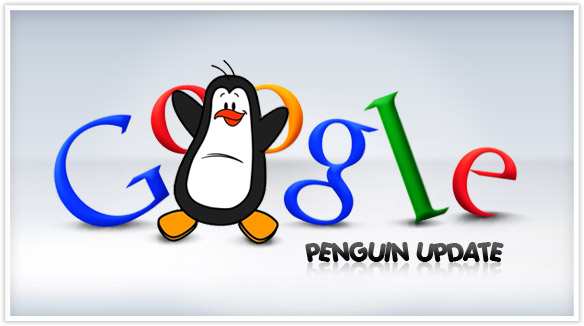Is It Safe to Redirect Users to a New Domain If Hit By a Penguin Penalty?

If your site has fallen victim to a Penguin update, you’ve probably wondered whether it
makes sense to attempt recovery or simply start afresh and set up a new site. Google has
been on record in the past citing that if a website has been adversely affected by their
algorithms, they can restore the sites by simply getting rid of the signals which caused the
change in the first place.
If your site has been hit by Penguin, disavowing or removal of any unnatural links and
tidying up any Webspam situations on-page should help you recover. By so doing, you
should pass the filter the next time the Penguin filter does a sweep. Supported by organic
links, you should be able to improve your position. But what if you do all these and you see
no improvement?
Even after cleaning up really thoroughly, there’s a chance that you might not notice the
kind of improvement you hoped after the next Penguin rollout. There’s no predicting what
could happen, because we have no way to find out the reason behind the non-recovery the
second time. It’s probably time to find an SEO consultant to map out what your next move should be.
Should you decide to begin afresh and set up a new site, there are two important questions
you’ll have to deal with:
- Can you reuse the content from the old site in the new one?
- Can you redirect your customers from the old site to the new one?
Before we begin to dissect the two questions, it is worth mentioning that the aim of this
article is not to provide a way to escape punitive action from Google, but rather it is meant
for those who have cleaned up and still see no improvement in the ranking and traffic to
their sites.
Reusing Old Content
If you’ve decided to start over, you cannot just buy a fresh domain and then lift the site to
this new site. When Google recognizes the new site as being the same as the old site, they
will apply an unseen canonical tag that will redirect all the old links that were pointing
to the old domain to the new one. In fact, some people have used this method to decipher
their competitors’ links (you shouldn’t do that).
This essentially means that the same things that affected the old site will invariably catch
up with the new one as well. So, if it was penalized, it’s only a matter of time before the new
one gets the same treatment.
The best way would be to rewrite all the content so that it’s brand new, but there are
techniques that can be applied if you already moved the site and haven’t yet been
penalized.
Redirecting Customers
301 and 302 redirects won’t work, and you’ll likely pass the same problems from the
old site to the new one. You have to find a way to deal with clients that land on your
old domain, especially for sites whose URL is their brand name. 302 redirects and Meta
refreshes will start getting the same treatment as 301 redirects, meaning that Penguin can
follow them to the new site. You have a small chance of succeeding by applying a JavaScript
refresh, but the safest option would be to introduce a splash page on the landing page with
a no-follow link.
Guest Author Bio
This article was authored by Michael Bentos from Paradox SEO in London.









